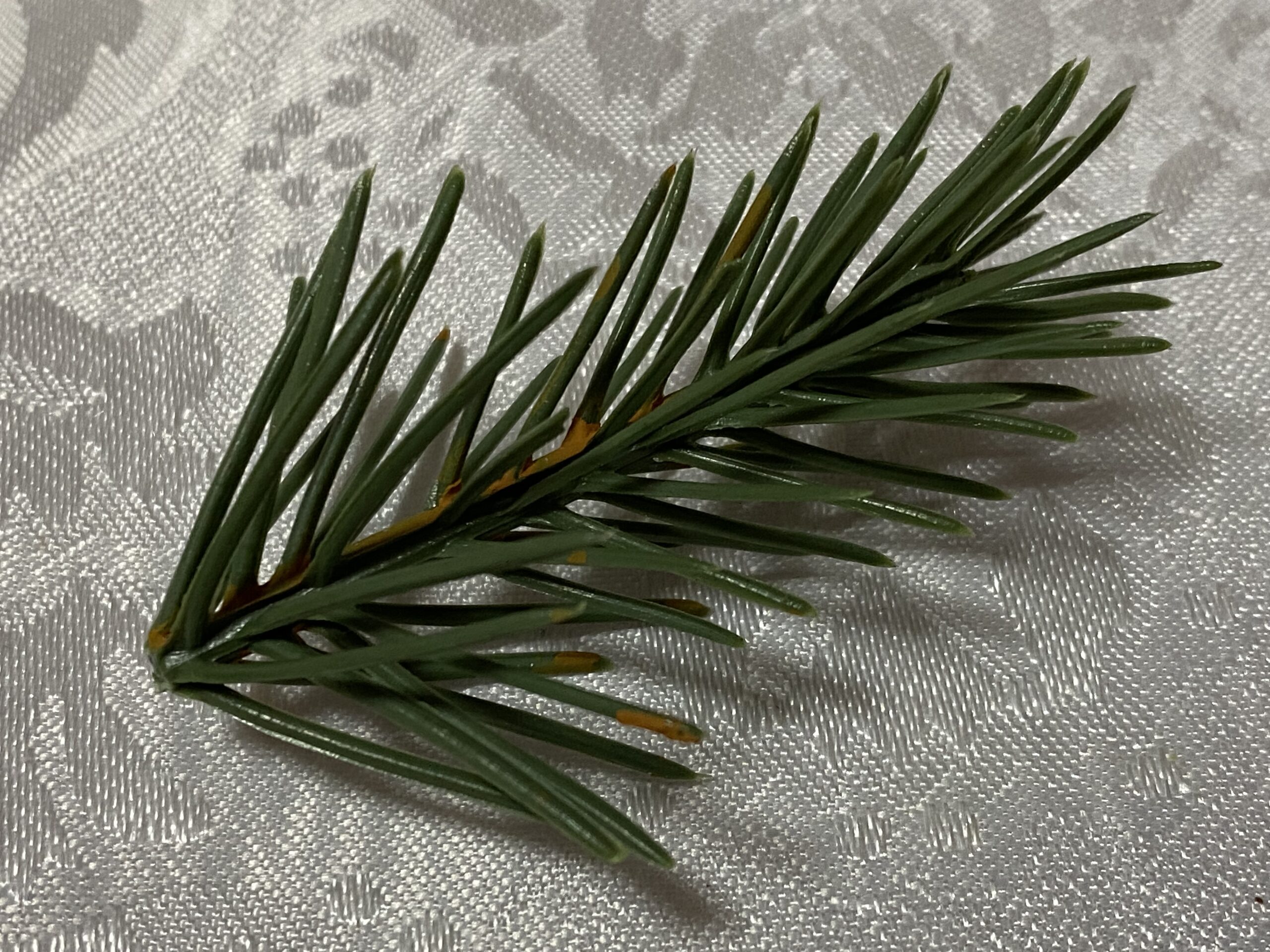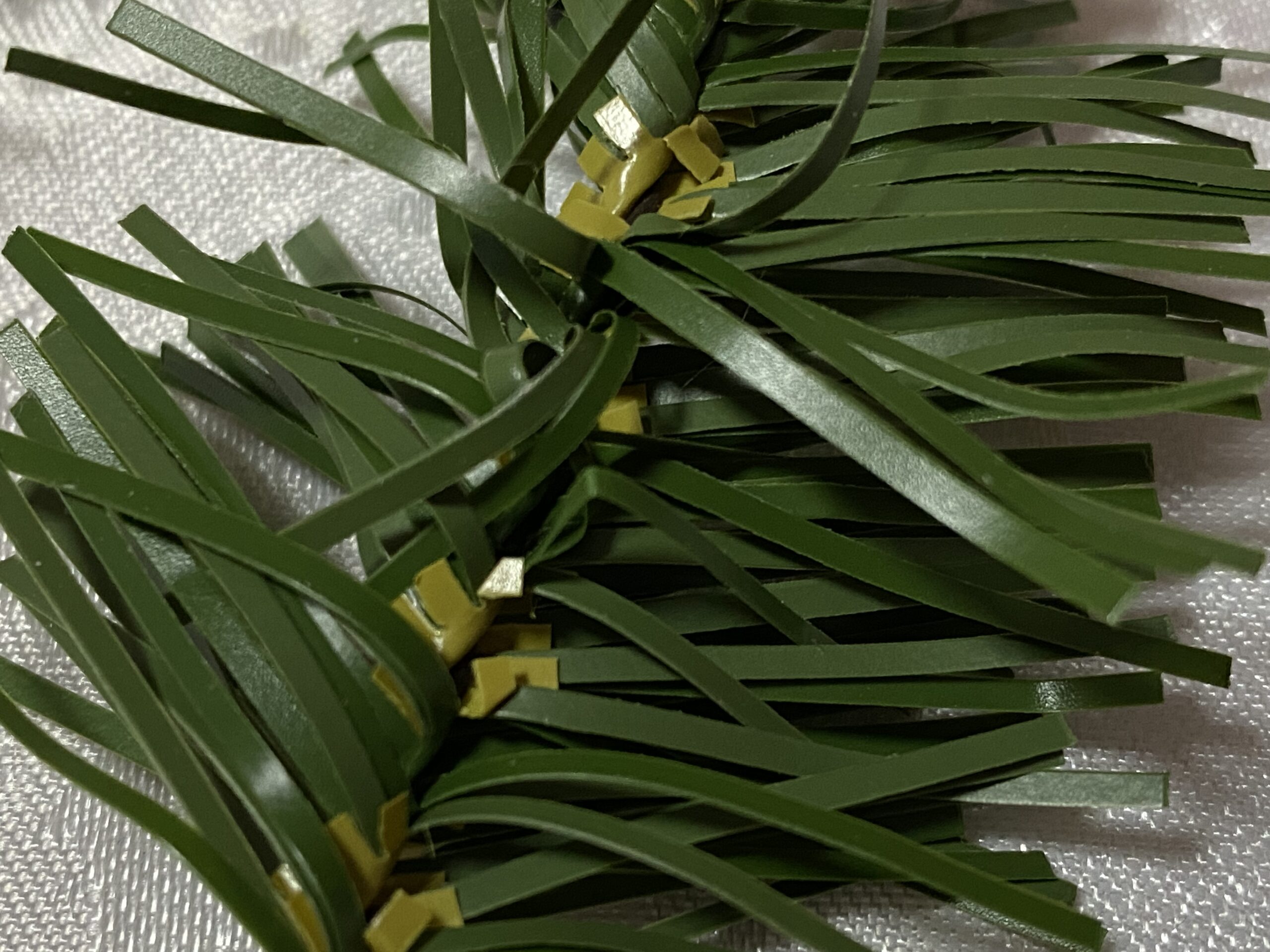2016 GE Brand 7.5 ft Douglas Fir Pre-Lit Artificial Christmas Tree (Illinois): Positive for Lead, Cadmium, Arsenic (low levels), and 2,654 ppm Antimony!
For those new to this website:
Tamara Rubin is a multiple-federal-award-winning independent advocate for childhood Lead-poisoning prevention and consumer goods safety, and a documentary filmmaker. She is also a mother of Lead-poisoned children (two of her four sons were acutely Lead-poisoned in 2005). Since 2009, Tamara has been using XRF technology (a scientific method used by the U.S. Consumer Product Safety Commission) to test consumer goods for toxicants (specifically heavy metals — including Lead, Cadmium, Mercury, Antimony, and Arsenic). Tamara’s work was featured in Consumer Reports Magazine in February of 2023 (March 2023 print edition).
This is an ad-free article.
To make a contribution to help us keep our most widely-read articles ad-free, click here. Thank you.
More Christmas Buttons
(Article & Category Links)
Published: December 18, 2021
This Christmas tree sample was sent to me for testing by Sherry, in Illinois. Thanks, Sherry! (Thanks for all of the great pictures to help identify the tree, too!)
In summary (a narrative summary of the test results listed below): The Lead, Cadmium, and Arsenic levels were fairly low — and only found in the “realistic” branch sample (the one that looks like an actual pine needle set, on the left in the second picture, above). The Antimony level is fairly high, at 2,654 parts per million — and is consistent with levels found in other products (trees, mattresses, etc.) that intentionally have “flame-retardants” added. Of interest: The box (pictured below) clearly says, “Flame Retardant Needles” — so they did notify the consumer about this (although probably most consumers would not read the fine print on their Christmas tree box, nor understand the implications).
Looking for advice on choosing a safer tree?
Click the red button below:

The concern with Antimony (and Lead, or any other heavy metals) found in artificial Christmas trees:
“Why is this a problem?”
The main reason this is a problem is because Antimony is a carcinogen — not good, even if your exposure is to very low levels. This article (about Antimony found in a Tempurpedic pillow’s fabric) discusses the concern in general and has links to some additional science supporting the concern. The primary concern for household exposure to low levels of Antimony is for Antimony that finds its way into your house dust and can (in that way) be inhaled or ingested. The science linked above shows negative health impacts even with very low inhalation exposure to Antimony (including fertility issues). The first response (of a reader who is new to this work) might be, “Well, I am not inhaling my fake Christmas tree needles!” but the fact of the matter is that as the tree deteriorates over time (which it will as it ages and gets brittle — year over year), it has the potential to shed dust (micro-particulate dust) into your home environment during the holiday season, and this dust can be very high in Antimony.
While this has been the subject of some debate among Lead Safe Mama readers, it is also my understanding that there are multiple ways for Antimony to be added to a product. This toxic heavy metal can be either impregnated into the plastic (during the molding process) OR it can be added afterward — in effect, sprayed on or “applied” to the finished needles. I think more research needs to be done about this concern, but in the cases where it is an applied (after manufacture) substance simply added as part of the flame retardant mix of chemicals, there is an increased risk and potential for the Antimony to deteriorate with regular use (normal use of the Christmas tree as intended) increasing the Antimony levels in the dust around your home — especially in the vicinity of the Christmas tree (where children like to congregate, play games, open gifts, etc. Additionally concerning is that a Christmas tree is often displayed in a room in the house that might be “cozier” (warmer/ near a fireplace) and this potential prolonged heat exposure may also increase the deterioration rate of the Christmas tree (and the ability for it to shed Antimony into the dust in your home).
Much of the above specific concerns are currently “unknowns” — as there is no home test kit to determine the presence of (and levels of) Antimony in dust. (This is primarily because no one benefits financially from determining whether or not these artificial Christmas trees create a dust hazard for Antimony over time.) I assert that they most likely do create a hazard, given the extreme toxicity of Antimony, which is a similar toxicity to Lead (and also, based on my experience testing for Lead in dust created by Lead contaminated Christmas trees/trees where they used a Lead-based Flame retardant option). Said another way, if the Lead-containing flame retardants on these items can be detected in the dust (and with the use of home test kits, in addition to XRF technology), it is a reasonable hypothesis to assume that similar hazards could be created in a home with a tree whose manufacturer has simply swapped out the Lead-based flame retardants for Antimony-containing flame retardants.
Interestingly enough, I tested sample branches from a second 2016 GE pre-lit tree (sent in by another reader) and that tree also had branches that were positive for Antimony (but on that one, no Lead, Arsenic, or Cadmium were detected). Here is the link to the second GE tree.
Full XRF readings for the two needle sets for this tree
(pictured in this article):
Reading #1) Flat “Needles”
60-second reading
- Lead (Pb): non-detect
- Cadmium (Cd): non-detect
- Mercury (Hg): non-detect
- Bromine (Br): 4 +/- 2 ppm
- Chromium (Cr): non-detect
- Iron (Fe): 1,680 +/- 78 ppm
- Copper (Cu): 61 +/- 17 ppm
- Titanium (Ti): 4,043 +/- 800 ppm
- Tin (Sn): 318 +/- 10 ppm
- Barium (Ba): 98 +/- 24 ppm
- Chlorine (Cl): 360,000 ppm
- No other metals were detected in consumer goods mode.
Reading #2) “Realistic” Needles
60-second reading
- Lead (Pb): 14 +/- 5 ppm
- Cadmium (Cd): 7 +/- 4 ppm
- Mercury (Hg): non-detect
- Bromine (Br): 13,800 +/- 100 ppm
- Chromium (Cr): 73 +/- 18 ppm
- Vanadium (V): 516 +/- 60 ppm
- Iron (Fe): 8,083 +/- 57 ppm
- Copper (Cu): 14 +/- 5 ppm
- Zinc (Zn): 12 +/- 3 ppm
- Arsenic (As): 8 +/- 2 ppm
- Titanium (Ti): 658 +/- 73 ppm
- Tin (Sn): 26 +/- 7 ppm
- Antimony (Sb): 2,654 +/- 21 ppm
- Barium (Ba): 995 +/- 41 ppm
- No other metals were detected in consumer goods mode.
Tests are repeated multiple times (on each component) to confirm the results. Test results reported here on LeadSafeMama.com/ TamaraRubin.com are replicable, science-based, and accurate.
Some additional reading for those who are interested:
- Other faux Christmas trees I have tested.
- Other Christmas items I have tested.
- Christmas light strand examples I have tested.
- More details about the testing methodology behind the test results we report here on the website.
- Please watch this video about how to most efficiently search the site (if you have not yet seen it)! Thank you!
Thank you for reading and for sharing my articles. Please let me know if you have any questions; I will do my best to answer your questions personally as soon as I have a moment (which may take a while as I have my hands full with kids most of the time these days!).
Tamara Rubin
Owner – Lead Safe Mama, LLC
#LeadSafeMama
This is the above-pictured Christmas tree set up (last year, in 2019/2020) in the home of the owner.








Never Miss an Important Article Again!
Join our Email List


























What are the safe alternatives?
We do not use real trees due to mold toxicity and long term exposure. Are there any artificial trees which are safe that you’ve tested?
Thank you!
Suggestions here:
https://tamararubin.com/2023/06/is-your-artificial-christmas-tree-safe-xrf-test-results-for-2020-home-depot-artificial-christmas-tree-sample-guidelines-for-choosing-a-safer-tree/
Tamara
Safer alternatives??
Discussed here:
https://tamararubin.com/2023/06/is-your-artificial-christmas-tree-safe-xrf-test-results-for-2020-home-depot-artificial-christmas-tree-sample-guidelines-for-choosing-a-safer-tree/